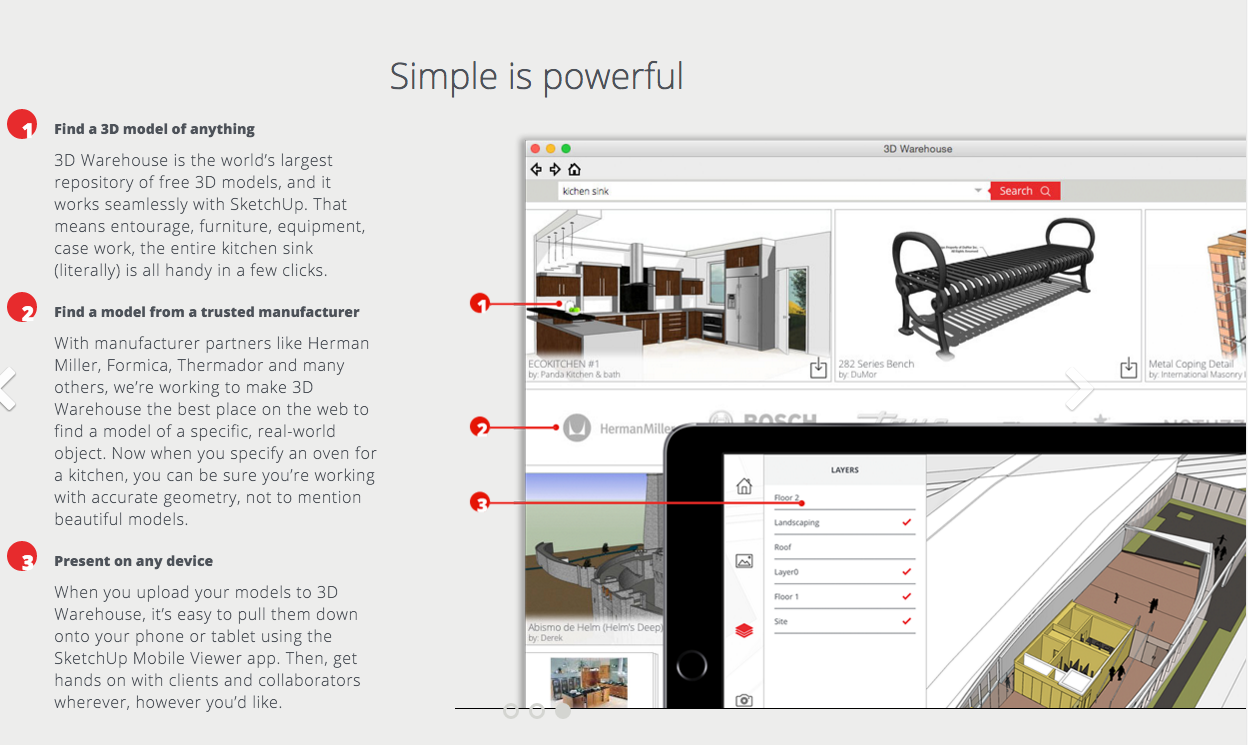


Great thing! Any plans for updating the script for Grasshopper 9? Have you installed Python for Grasshopper? So it slows down the complete render time does it? Because loading many copies of one proxy also takes some time? Could you please explain to me how to control the density of the scatter within the given surface? It is the. Hello I just downloaded your file and rhino has given me a message that says it was created by a newer version of rhino. Was this created in version 5, and if it was is there a file that can be opened in rhino 4? The Rhino file is really basic for the demo, but should give an idea for how the proxy scatter is setup. Thanks so much for your this wonderful demo. However, I have been trying to find a way to simply place vRay proxy objects without randomization, rotation, or scaling at generated points in grasshopper, but when I do, all renders of the the bake just render the preview and not the original. Only the initial proxy object renders as expected. How did you manage to get your script to render the true geometry that the proxy object represents? Thanks for your great work. This post has been both helpful and interesting. However I am having some trouble trying to replicate a simpler version where a vray proxy is simply placed at a series of generated points. I can get grasshopper to place the proxy model at each point, but when I render Vray renders the proxy geometry and without material, instead of rendering the original that the proxy represents.

No Scatter or randomness required, just placement by grasshopper while retaining rendering properties. The Grasshopper component is copying the proxy from within Rhino.I then opened Rhino 5 with Vray and imported VMesh file and it loaded ok. You can modify each material there and all the proxies will use your modified version. I see that there are 4 materials for the tree in Sktchup but when I open in Rhino there are 7? Or am I trying to do the impossible? You showed a screen capture of the Vrmesh in Rhino.

I presumed that it would be straight forward process to go from Sketchup to Rhino as I can see hundreds of free trees in sketchup but very few for Rhino…. What I would do is edit the 8 materials you have in Rhino so they have simple, easily-identifiable diffuse colors red, green, blue, etc and do a render with one tree. Now you know what each material relates to. The materials gets saved in the 3dmbut you have to provide the maps separately.įrom sketch up I downloaded a detailed tree and created a Vray proxy. Rendered good! But the render has lost the colour Is it something to do with missing jpeg for leave and bark reference? Vray Proxy Problem. In sketch up or Rhino? I presume that something is being lost when creating the proxy in sketchup.


 0 kommentar(er)
0 kommentar(er)
